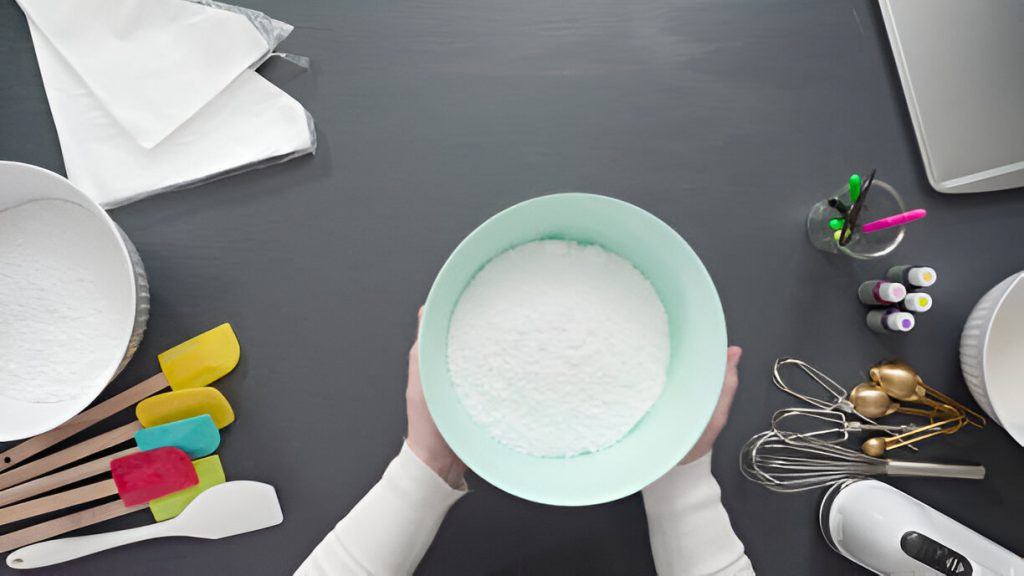Struggling with dried coffee stains that just won’t budge? Imagine effortlessly eliminating those stubborn marks from your belongings without the hassle. What if you could discover simple yet effective solutions to tackle this common issue once and for all? Stay tuned as we unveil practical tips and tricks to help you bid farewell to those persistent coffee stains and restore your items to their former glory. Let’s dive into the world of stain removal and unveil the secrets to achieving spotless fabrics effortlessly.
Blotting up Excess Coffee Stains
To effectively remove coffee stains from fabric, begin by promptly blotting up any excess coffee with a clean, dry cloth. This quick stain removal technique is crucial in preventing the coffee from setting into the fabric fibers. Remember, the sooner you address the stain, the easier it will be to remove. Contrary to some coffee stain myths, using eco-friendly cleaning solutions like white vinegar and dishwashing detergent can be highly effective. These natural products are gentle on fabrics while still being tough on stains. Additionally, when dealing with coffee stains, it’s essential to avoid scrubbing vigorously as this can spread the stain further or damage the fabric. Instead, opt for gentle blotting motions to lift the coffee off the fabric. If you enjoy coffee stain art techniques, consider experimenting with different blotting patterns to create unique designs while effectively removing the stain. By following these steps diligently, you can successfully tackle coffee stains on various fabric types.
Presoaking With Vinegar Solution
When removing dried coffee stains from fabric, consider presoaking the affected area with a vinegar solution to help break down the stubborn residue effectively. Vinegar offers various benefits in stain pre-treatment due to its acidic nature, which aids in loosening the coffee particles from the fabric fibers. This method is particularly useful for fabric preservation as it is gentle yet effective in removing stains without causing damage. To execute this technique, create a solution by combining white vinegar with water and allow the stained garment to soak for about 15 minutes. The vinegar solution penetrates the fabric, facilitating an effective soaking process that helps lift the dried coffee stain. After soaking, rinse the fabric thoroughly and assess the stain’s status before proceeding with further washing. Vinegar solutions are a cost-effective and eco-friendly way to tackle tough coffee stains while being gentle on various types of fabrics.
Rinsing the Stained Area
After presoaking the dried coffee stain with a vinegar solution, the next step involves thoroughly rinsing the stained area to remove the loosened coffee particles and residue from the fabric fibers. Quick rinsing is essential to prevent the coffee stain from setting further into the fabric. This step aids in stain prevention by ensuring that no coffee residue remains to cause a persistent stain. Proper fabric care during rinsing is crucial to maintain the quality of the material and prevent any damage that vigorous scrubbing might cause. Effective solutions like warm water help in dislodging the loosened coffee particles, facilitating easier removal during rinsing. Stain assessment after rinsing is important to determine if any residual stain remains, indicating whether further treatment may be necessary. Following these steps diligently will increase the likelihood of successfully removing the dried coffee stain from the fabric.
Using Rubbing Alcohol
Initiate the coffee stain removal process by utilizing rubbing alcohol to target and eliminate any remaining stubborn stains on synthetic fabrics. Begin by dabbing rubbing alcohol onto the stained area using a white sponge. The alcohol application helps break down the coffee residue, making it easier to lift off the fabric. Ensure that the rubbing alcohol is suitable for the specific fabric to avoid any damage.
The removal effectiveness of rubbing alcohol is excellent for synthetic fabrics, as it is capable of penetrating the fibers and breaking up the stain molecules effectively. However, always test a small, inconspicuous area first to check for any adverse reactions.
When dealing with persistent stains, consider alternative methods such as enzyme presoak products or specialized stain removers for synthetic fabrics. These options can provide additional support in tackling tough coffee stains that may not respond to rubbing alcohol alone.
Remember to always follow the specific instructions for each fabric type to ensure successful stain removal without causing any harm.
Washing Synthetic Fabrics
To effectively wash synthetic fabrics, start by checking the care label for specific instructions. Synthetic fabrics require special care to maintain their quality and appearance. Here are key points to consider for washing synthetic fabrics:
- Fabric care: Always follow the care instructions provided on the garment to ensure proper washing techniques.
- Stain prevention: Treat any stains promptly to prevent them from setting and becoming more challenging to remove.
- Cleaning techniques: Use gentle cleaning methods to avoid damaging the fabric and maintain its longevity.
When washing synthetic fabrics, it’s essential to use appropriate cleaning products and techniques to keep the material in good condition. Consider using mild detergents and avoiding harsh chemicals that could weaken the fabric fibers. By following these fabric care guidelines, you can effectively clean synthetic fabrics while preserving their quality and appearance.
Avoiding Drying Cotton Stains
When dealing with the care of cotton fabrics, it is important to be mindful of how you handle and treat stains to prevent any potential damage during the cleaning process. Preventing discoloration is crucial when dealing with cotton stains. One key aspect to consider is avoiding drying the stained area until the coffee stain is fully removed. By doing so, you can prevent the stain from setting in and becoming more challenging to remove. Additionally, understanding proper drying techniques for cotton fabrics is essential. High temperatures can damage dyes and finishes, so it’s vital to be cautious when using heat in the stain removal process. When it comes to fabric care, cotton is a hardy material that responds well to stain removal alternatives. By following these guidelines, you can effectively address coffee spills on cotton fabrics and maintain the quality of your garments.
Using Near-Boiling Water on Cotton
For effectively removing coffee stains from cotton fabrics, consider utilizing near-boiling water as a strategic element in your stain removal process. When dealing with tough coffee stains on cotton, the use of near-boiling water can be a game-changer. Here are some tips to make the most of this method:
- Boiling water caution: Be cautious when working with near-boiling water, as high temperatures can potentially damage dyes and finishes on cotton fabrics.
- Precision pour over: Consider using a gooseneck kettle for precision pouring of the hot water onto the stained area, ensuring thorough coverage.
- Fabric response: Cotton is a hardy fabric that generally responds well to hot water treatments, but always test on a small, inconspicuous area first to avoid any unwanted effects.
When dealing with persistent coffee stains on cotton, trying different removal methods may be necessary. By approaching the stain removal process with care and precision, you can increase the chances of successfully eliminating those stubborn coffee marks from your cotton fabrics.
Applying General Stain Removal Tips
For effective stain removal, follow these proven steps to ensure the best results. When it comes to fabric care, prompt action is essential for successful stain removal. Act quickly to prevent the coffee stain from setting by using cold water to flush the fabric immediately after a spill. Avoid machine-drying the item until the stain is entirely gone. In terms of stain prevention, do not put the garment in the dryer with a visible coffee mark, as heat can set the stain. Utilize cleaning techniques such as creating a cleaning solution with vinegar, liquid detergent, and water for effective removal. For laundry tips, always check the label to ensure bleach safety for the fabric before using it on old or set-in spots. Lastly, proper fabric maintenance involves testing removal methods on a small area first and avoiding bleach on certain fabrics like spandex, wool, silk, mohair, or leather. Remember to repeat removal steps if necessary for stubborn stains.




